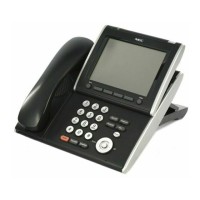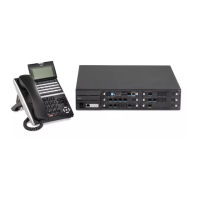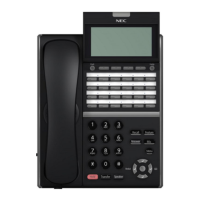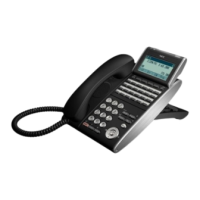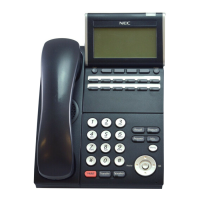Issue 2.0
13-26 AspireNet
3.9 Central Office Calls, Placing: Seizing a trunk in a networked system
The system allows a user to seize a trunk in a networked system using the following methods:
Operation
The operation is automatic, the user dials the trunk access code in the normal way.
Abbreviated Dial numbers will follow the trunk routing if set to TRG 0 in Program 13-05.
For IP AspireNet ensure that the VOIPU ‘trunk’ ports are in their own trunk group in Program 14-05, do not
create a trunk group with a mix of VOIP trunk ports and any other trunk port type. VOIP trunk ports should
not be seized directly via line keys or trunk access (SC 0, #0 or 704).
Related Programs
The following example indicates the setting required to seize the trunk in a networked system (Extension in
System A tries to make an external call using a trunk in System B).
Method of Outgoing Available Note
Specified Trunk Access (#0 + the trunk number) No
Specified Trunk Group Access (704 + group number) No
Trunk Route Access (0) Yes
ARS/F-Route Yes See ARS/F-Route
Program System – A System – B
Program 14-06-01
Trunk Group Routing
Route 1
101 (Route to System ID 1)
Route 1
1 (Route to Trunk Group 1)
Program 21-02-01
Trunk Group Routing for
Extensions
Extension 301 (which make a call
via networking)
1 (Route 1)
This setting is referenced in
Program 14-06-01
Program 21-16-01
Trunk Group Routing for
Networking
System ID 1
Route 1
This setting is referenced in
Program 14-06-01
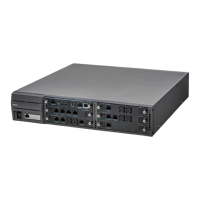
